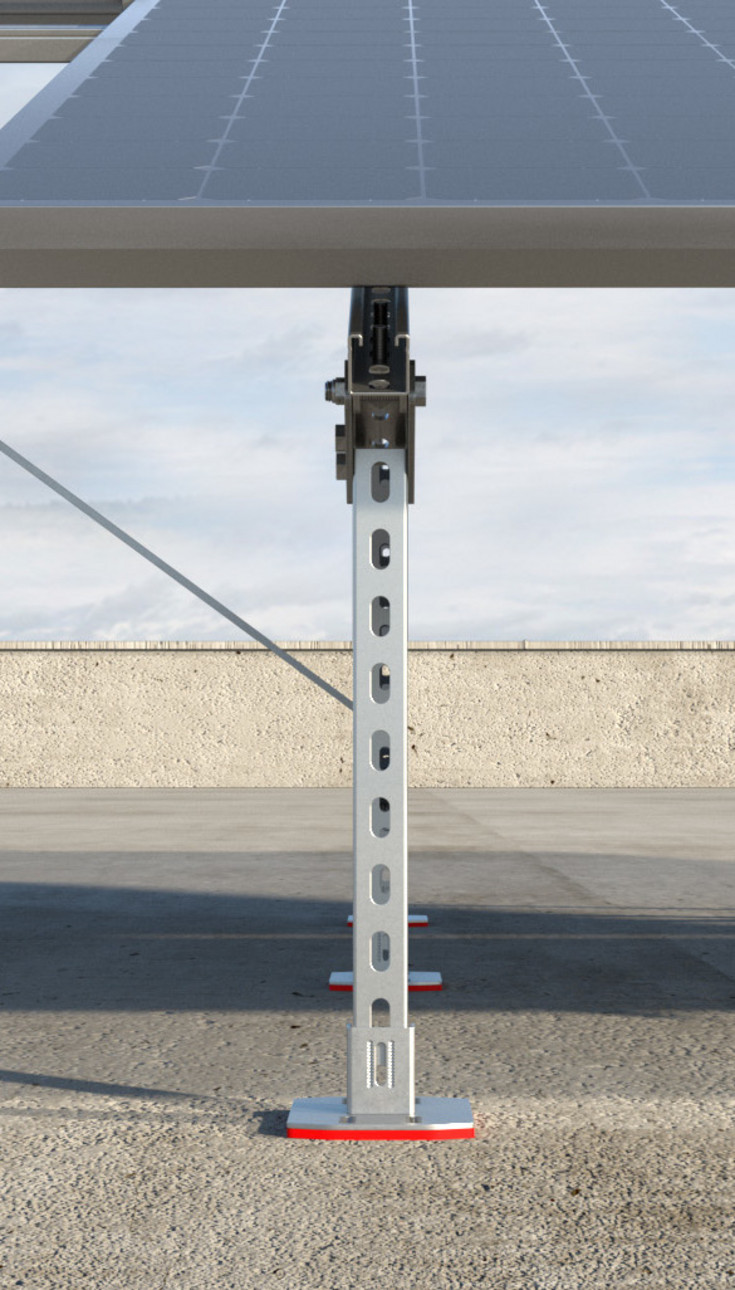Constitutive Modeling Structural Bonding
Constitutive Modeling Structural Bonding:
Thermosetting adhesives are especially popular in structural applications because of their high strength, stiffness, and chemical resistance. However, they can exhibit complex and highly nonlinear mechanical behavior, influenced by multiple interacting phenomena including curing-induced effects, creep, shrinkage, plastic deformation, and damage. Although numerous constitutive models exist, they typically address only individual aspects or specific combinations of these phenomena, lacking both a comprehensive approach and sufficient consideration of fillers, which can significantly affect the mechanical properties of the adhesive.
Motivated by these gaps, the research plan aims to develop and numerically implement a comprehensive constitutive model for thermosetting adhesives, explicitly accounting for all relevant mechanical behaviors and the influence of fillers. It will be calibrated and validated using experimental data obtained from mechanical tests. Ultimately, the developed model will enable reliable predictions of adhesive joint performance under various loading conditions, facilitating safer, more efficient and economical structural designs.
A particularly promising application is the adhesive mounting of photovoltaic modules on existing thin flat roofs, where conventional fastening methods like screws or bolts may be unfeasible. Adhesive bonding offers a practical alternative, allowing secure attachment without penetrating the roof structure.
Contact: Luka Mitrovic

Image © fischerwerke GmbH & Co. KG. Used with permission
